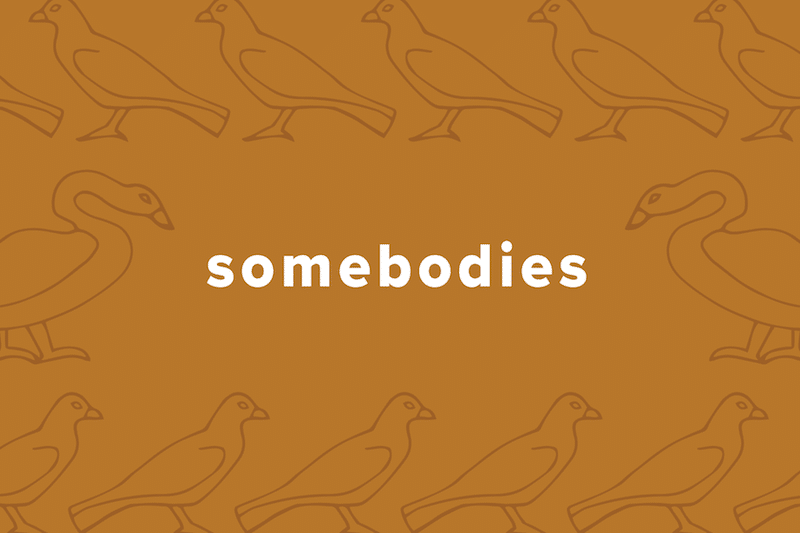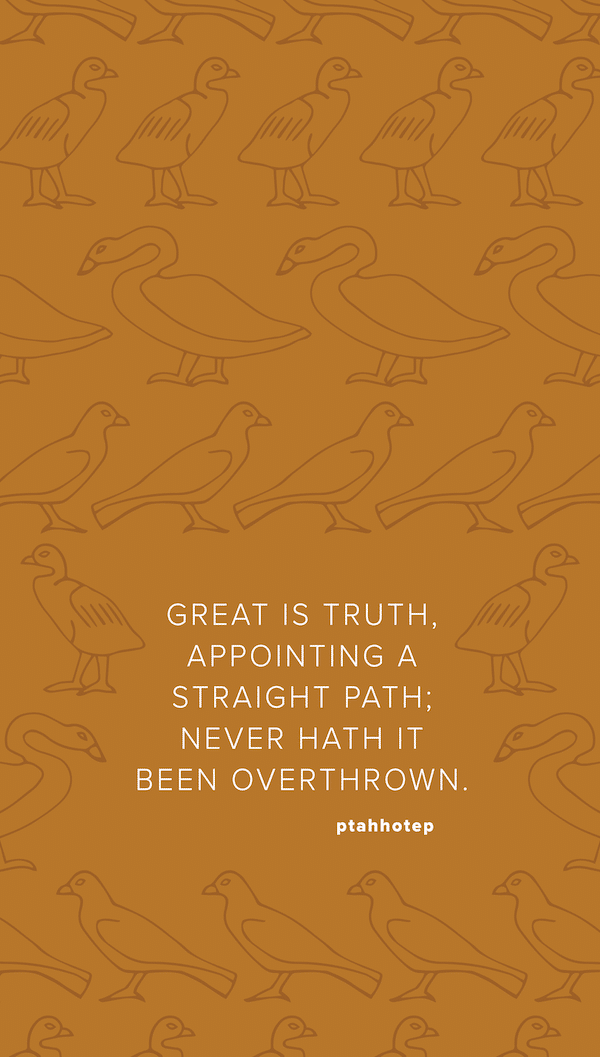We’re back with our second SLOCA Somebody of the year. If last month’s Somebody, Enheduanna, is the first known literary author and poet, this month’s Somebody may just be the first known philosopher (and philosophical author). Introducing PTAHHOTEP!

Ptahhotep’s day job was vizier, or first advisor + highest official, to the pharaoh, Djedkare Isesi. He served during the 5th dynasty in the Old Kingdom of ancient Egypt. During his life, he wrote a book called the Maxims of Ptahhotep, long believed to be the first book in history. This piece of wisdom literature falls into the Egyptian genre of sebayt, meaning “teachings” or “instructions,” and consists of ethical teachings focused on how to live rightly.

Some of the topics covered in the Maxims are silence, timing, truthfulness, relationships, and manners. It is said by some that Ptahhotep composed these maxims as an elderly man ready to pass on his position of vizier to his son. Though his exact intentions aren’t clear, it is true that Ptahhotep’s son served as vizier after him and that his Maxims are addressed to a son. Today’s quotation was chosen from among his maxims—it seemed appropriate to feature a maxim focusing on the greatness of truth as we pursue the good, the true, and the beautiful together this year!

Though we know much about Ptahhotep’s thoughts and wisdom, much less is known about his personal life. However, as with many Egyptian officials and rulers, we can learn some about him through his death, or rather, his tomb. His mastaba (sort of a flat-roofed proto-pyramid tomb) has been well preserved over time in Saqqara, outside of Giza. Covering the inside walls are beautiful paintings and reliefs, such as this one, reproduced as a drawing and featuring the birds in our illustration for today.

We also know something about Ptahotep’s influence. Around 1100 years after Ptahhotep lived, another ancient Egyptian set down his own sebayt. The Instruction of Amenemope contains thirty chapters of advice for successful living and was also ostensibly written as a legacy for a son. Many of Amenemope’s instructions are clearly drawn from or inspired by the maxims of Ptahhotep (and other Egyptian philosophical writers). But the Instruction of Amenemope has its own fair share of influence. Though the exact link isn’t known, many of Amenemope’s instructions closely mirror sayings in the biblical book of Proverbs. Many scholars think that the ancient biblical author of Proverbs, like Amenemope and Ptahhotep themselves, collected or handed down wise sayings from neighboring cultures, like Egypt, and presented that collection in his own book. Regardless of your own religious convictions, it is impossible to deny the influence of the Bible on the Western world, but we can trace a small part of that vast influence back through to Amenemope and finally to Ptahhotep himself.
Remember, our Somebodies series is meant to present big ideas and important people in bite-sized, inspirational form, so don’t forget to download today’s free phone wallpaper below or on our instagram! Look for our next Somebody coming soon!




















